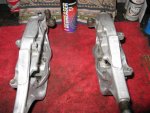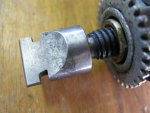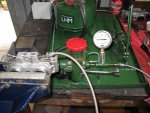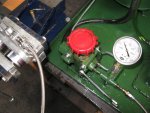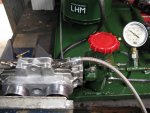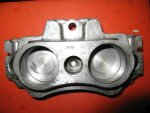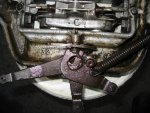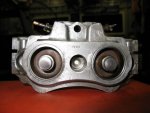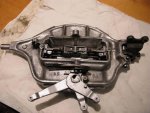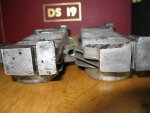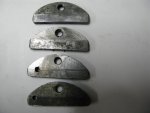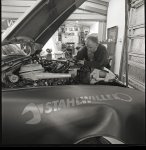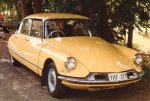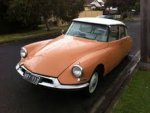Hello,
Just wondering if anyone can help me out here. Basically I was contemplating replacing the seals on an older early 60's ID19 so that it can take LHM. Anyone have any idea what a ball park figure would be to have this done would be? Or am I better just sticking to early LHS, canola etc etc and which of these is recommended?
Also is it possible to have a later DSpecial style engine put into an older pre 66 ID car. Or is it not as simple as that a much mods are required to do this?
Any recommendations and further information would be most forthecoming
cheers
zorker
Just wondering if anyone can help me out here. Basically I was contemplating replacing the seals on an older early 60's ID19 so that it can take LHM. Anyone have any idea what a ball park figure would be to have this done would be? Or am I better just sticking to early LHS, canola etc etc and which of these is recommended?
Also is it possible to have a later DSpecial style engine put into an older pre 66 ID car. Or is it not as simple as that a much mods are required to do this?
Any recommendations and further information would be most forthecoming
cheers
zorker


